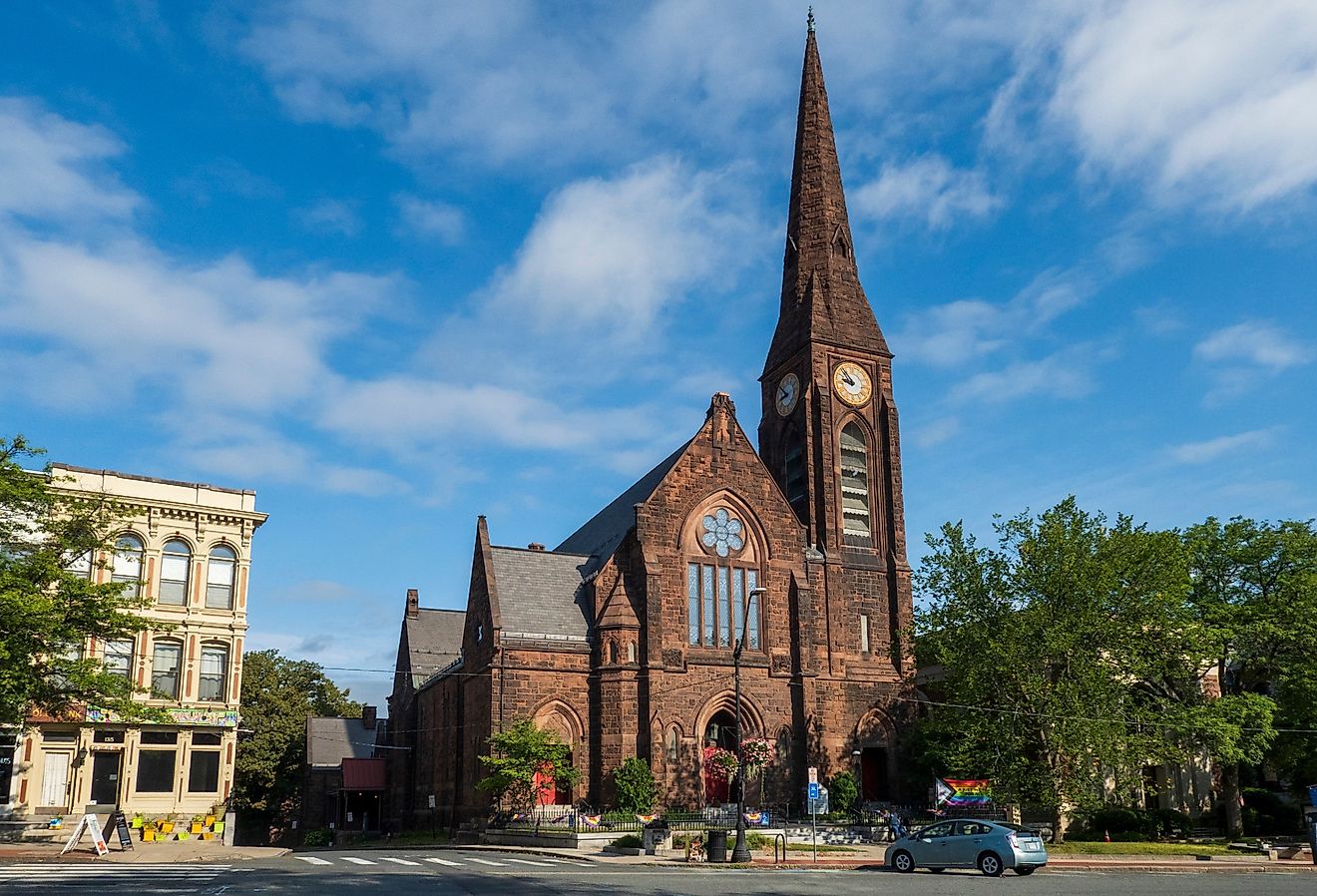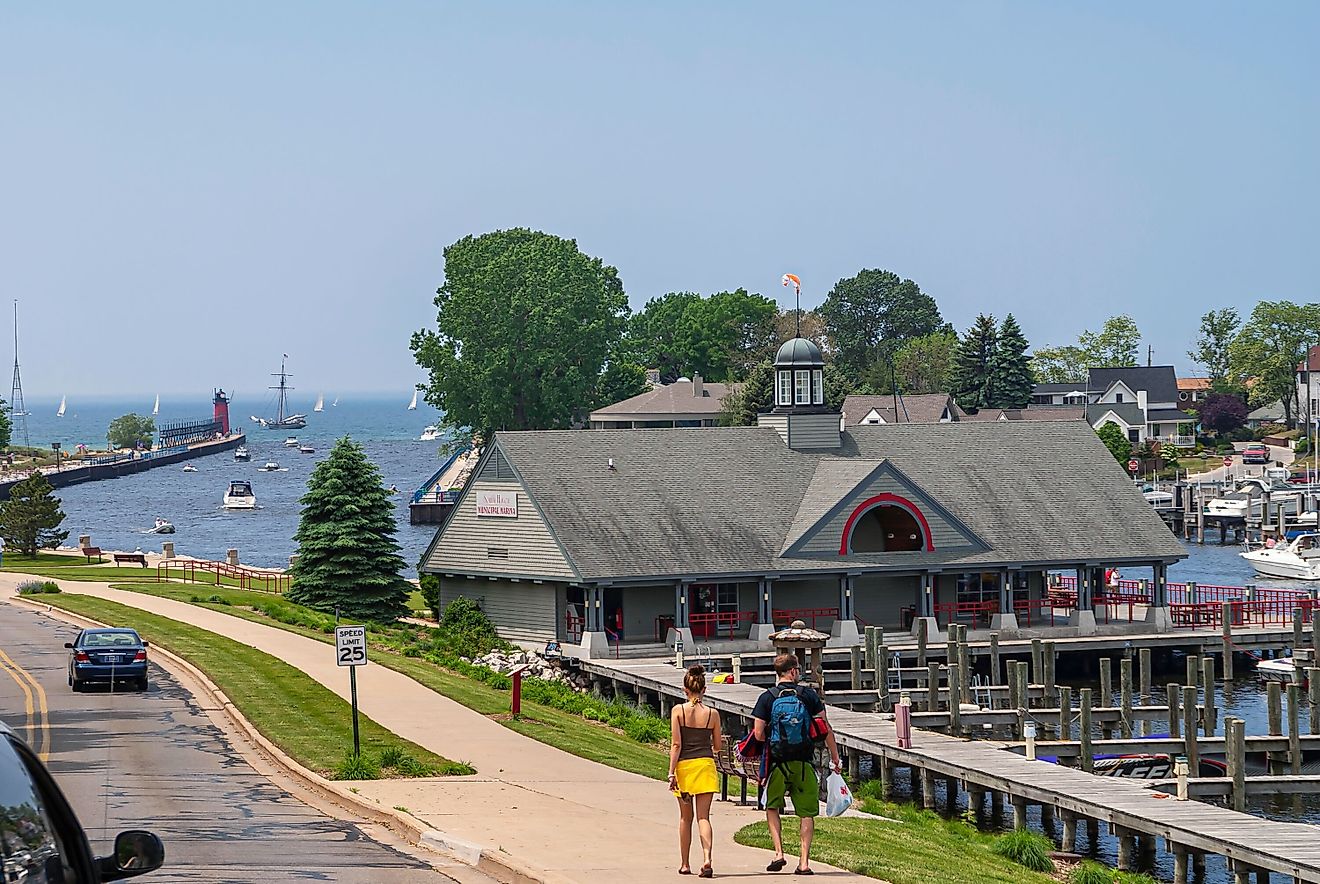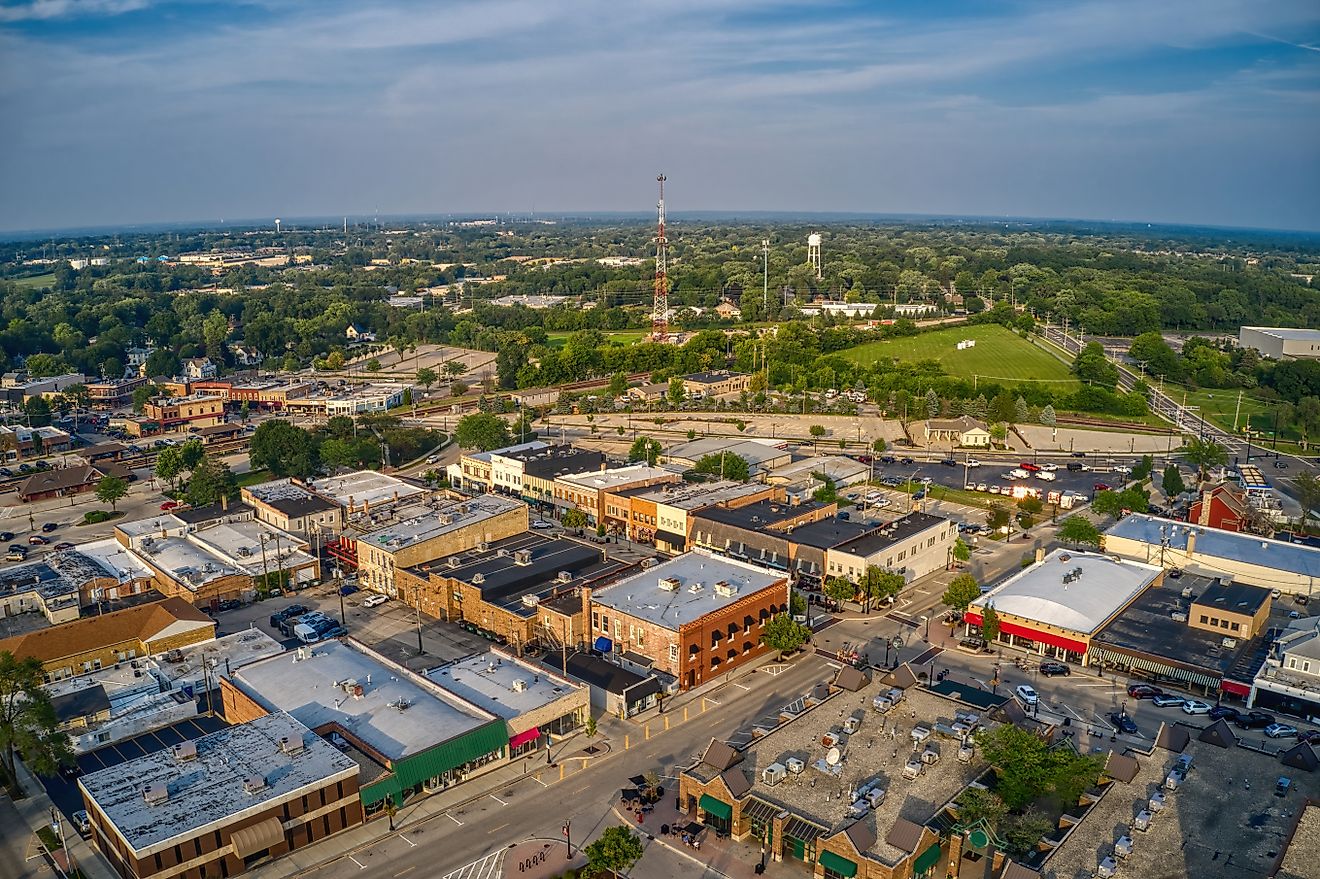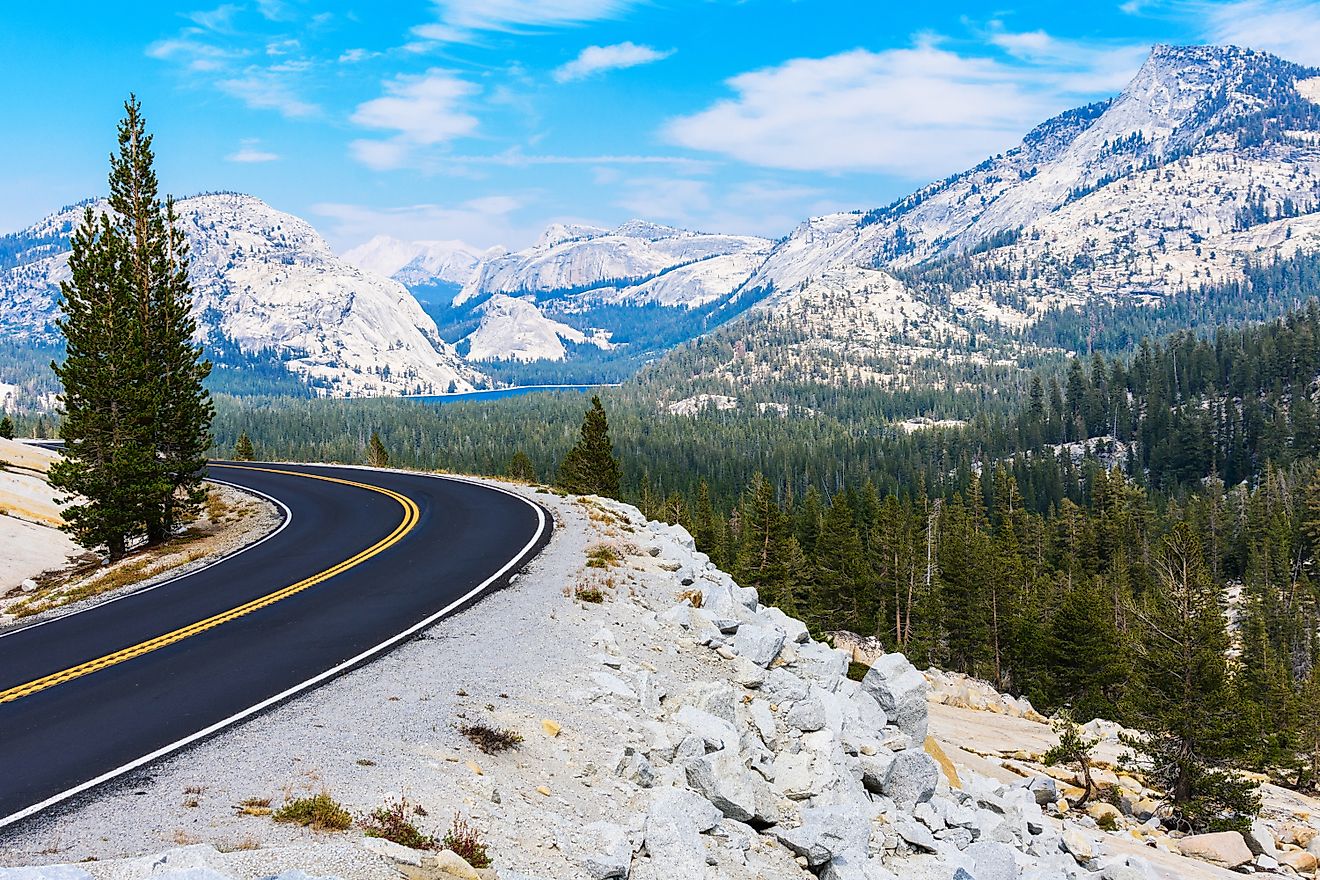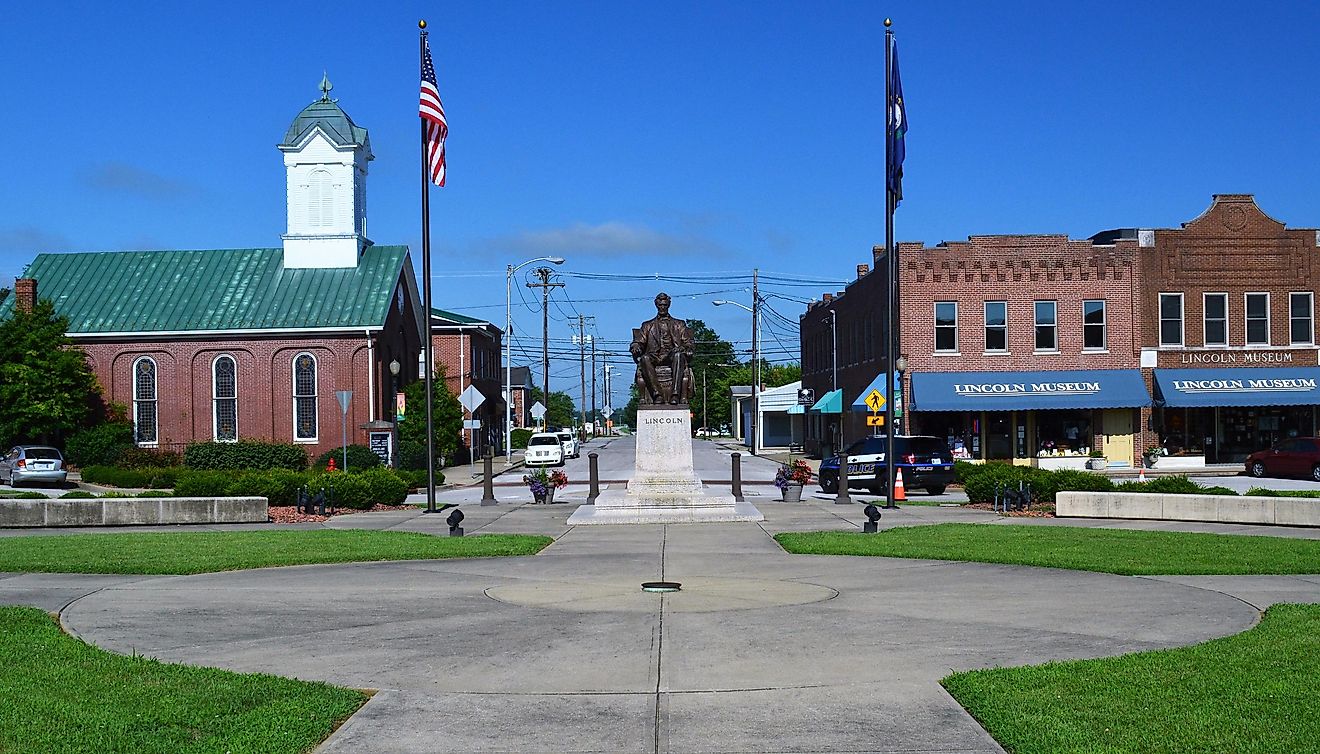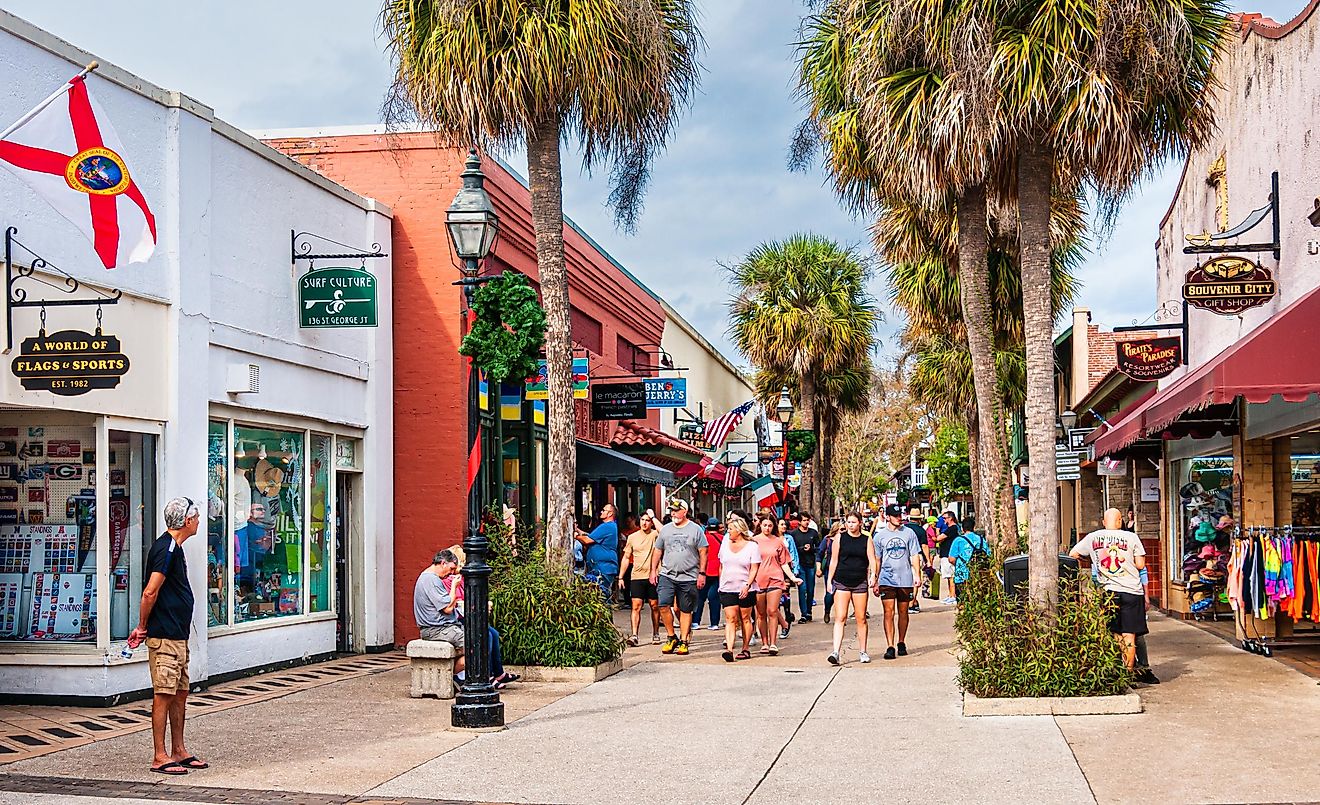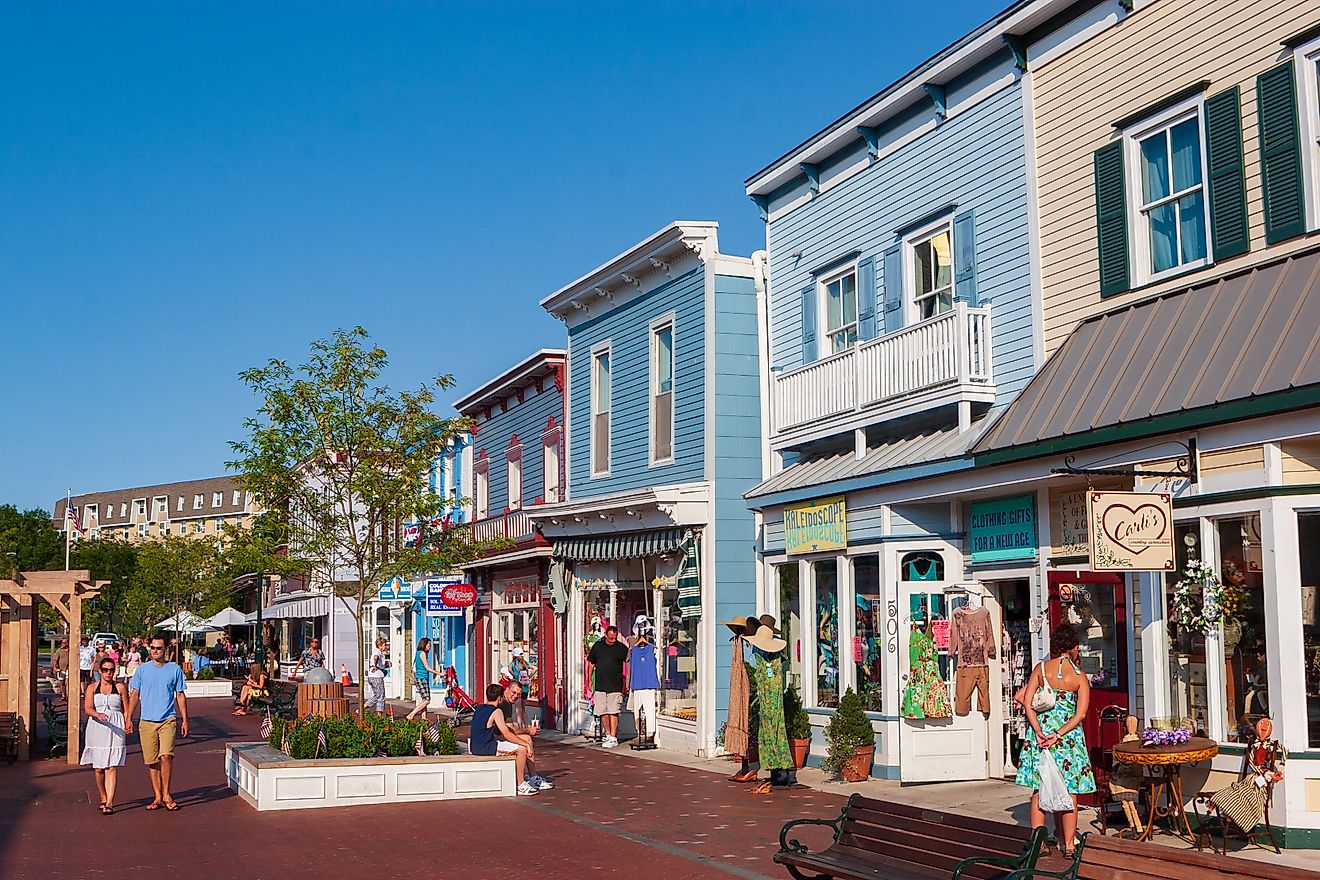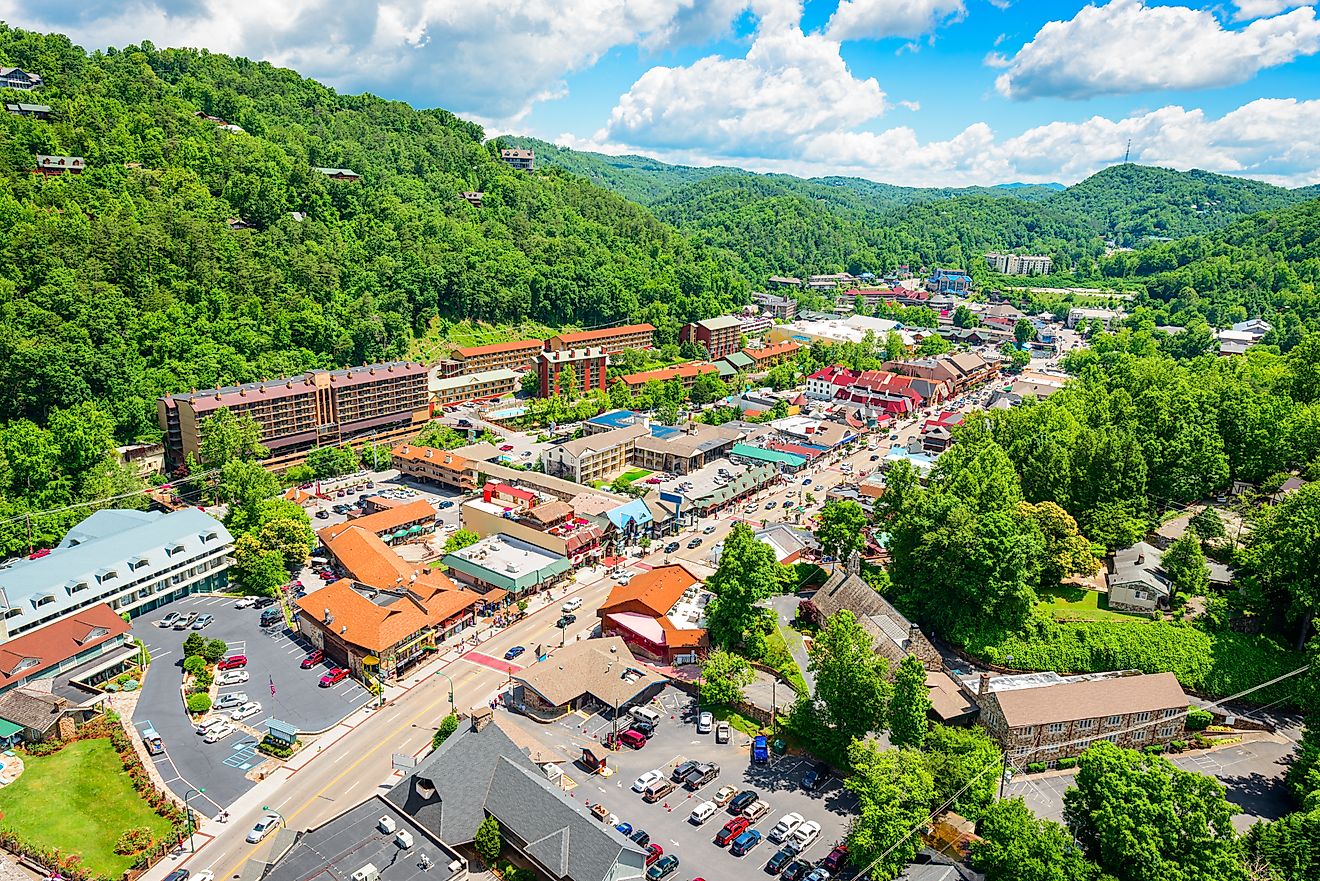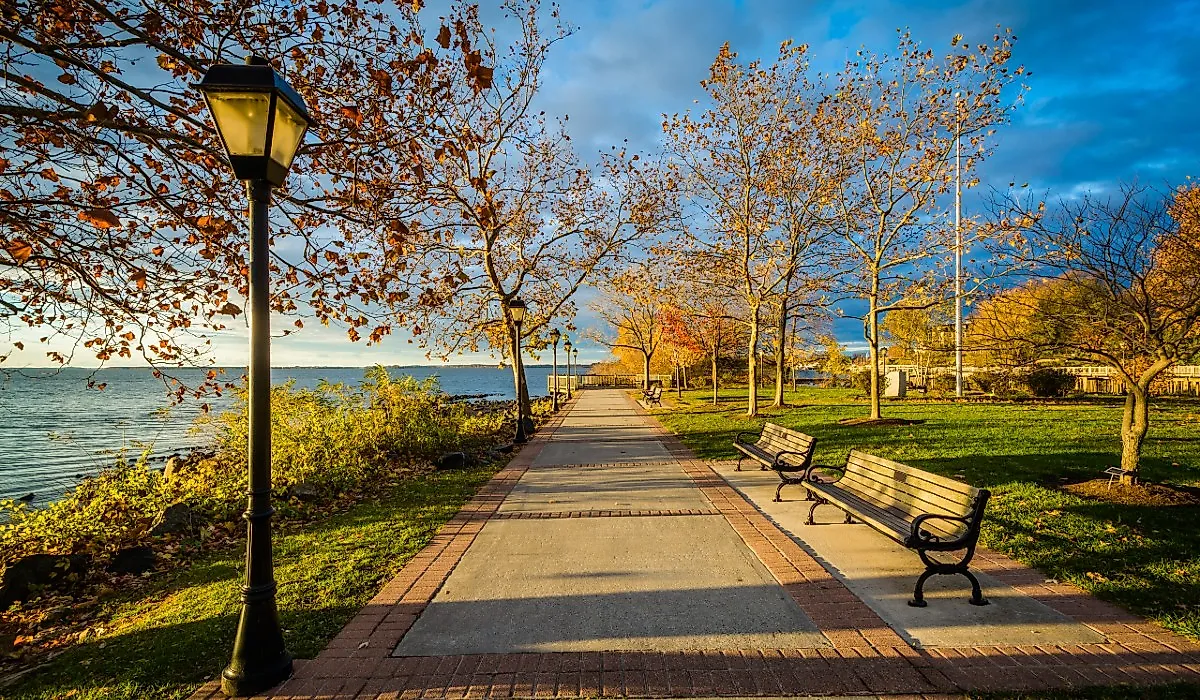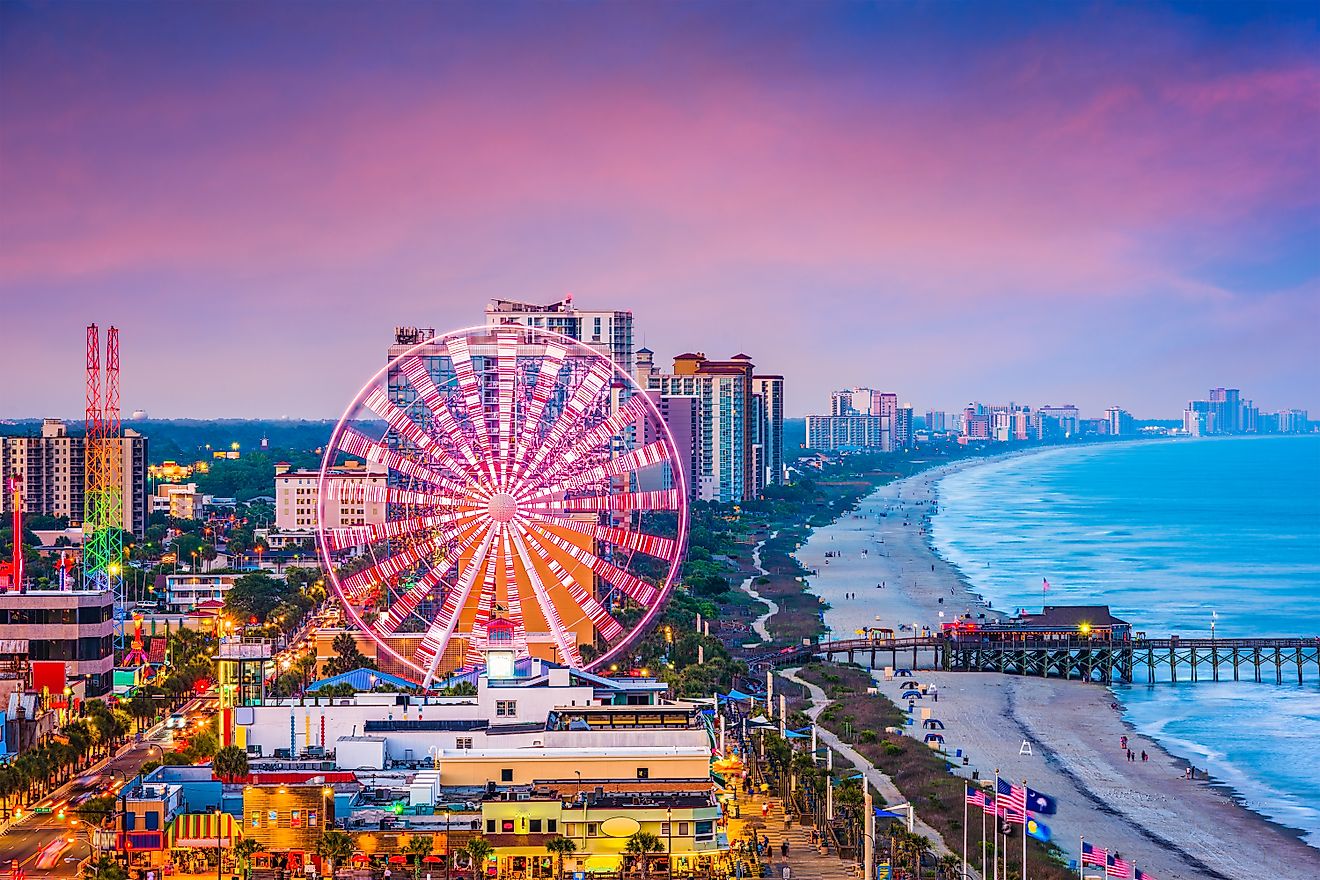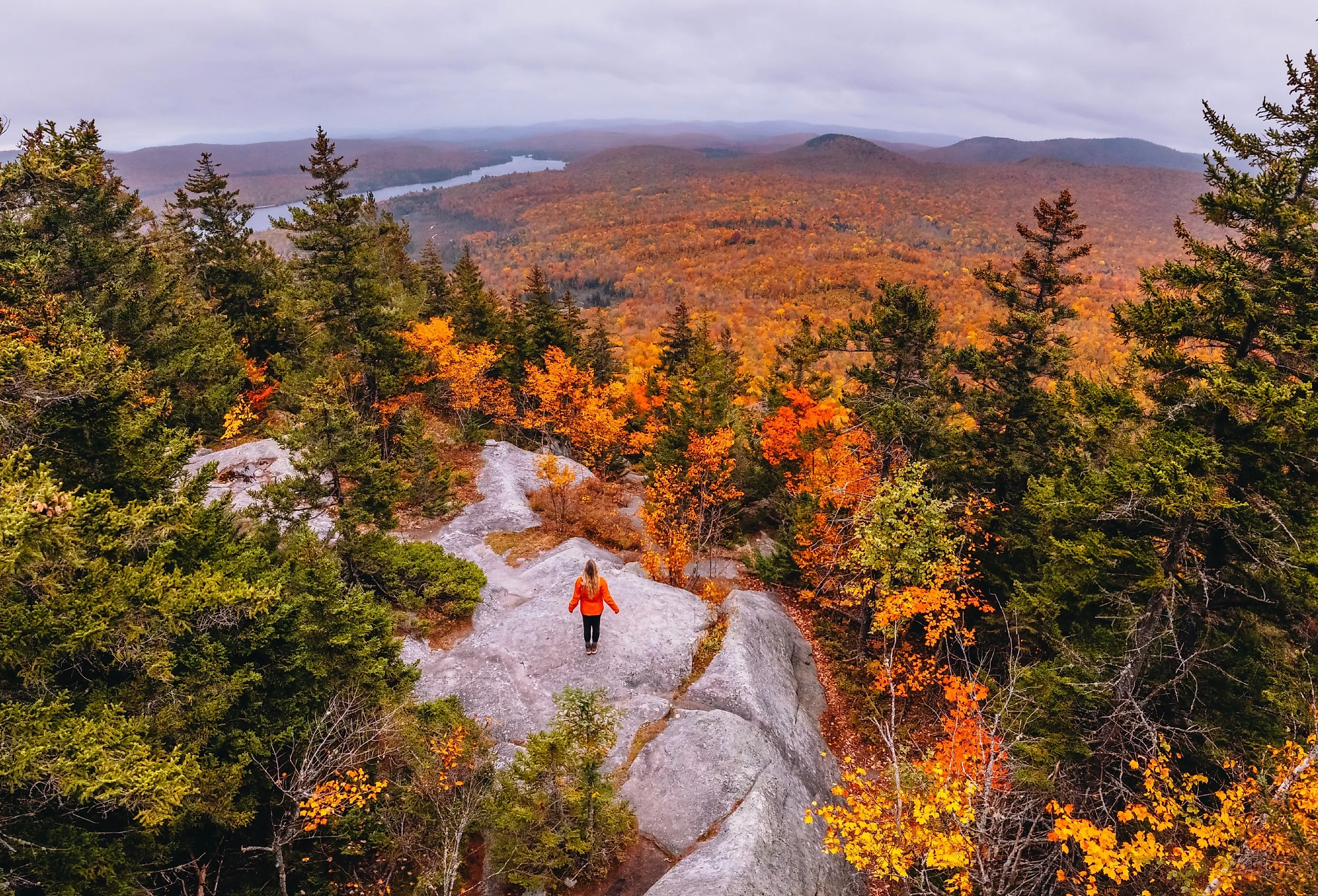
7 National & State Parks In Vermont You Have To Visit
Vermont’s park systems, both state-run and its smaller assortment of federally protected lands, preserve some of New England's best natural gems, from glacier-carved lakes to the granite ridges of the Green Mountains. Across this northeastern state, you can have direct access to forests, rivers, and high peaks, along with traces of early industry and settlement.
Whether exploring the deep gorge at Quechee, climbing Camel’s Hump, or camping beside Lake Champlain, these destinations make perfect escapes from big city life, regardless of the season. Read on for the top recommended parks and forests across the Green Mountain State, with travel tips and in-depth information on what makes each so special.
Smugglers’ Notch State Park
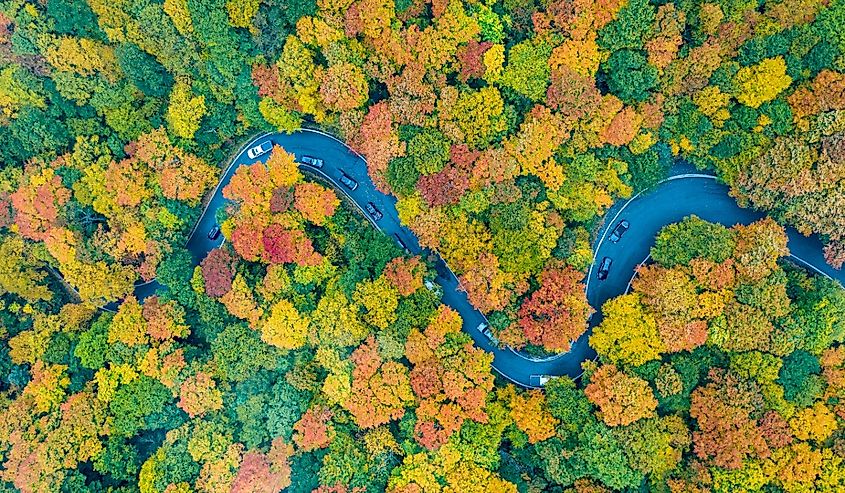
Located near Stowe, Smugglers’ Notch State Park occupies one of Vermont’s most incredible mountain passes. The park sits within a narrow gap between Mount Mansfield and Spruce Peak, where sheer cliffs rise nearly 1,000 feet on either side. Historically, the route served as a smuggling corridor between Canada and the United States during the early 19th century, giving the park its unique name.
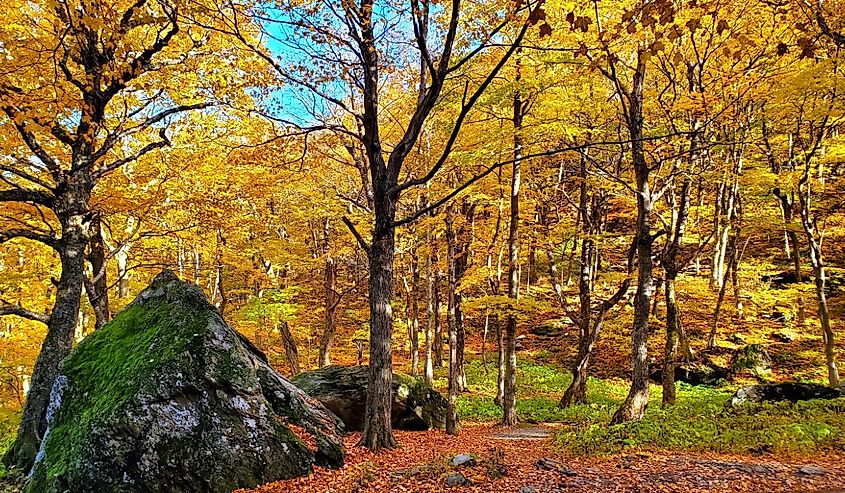
Today, the area is a major destination for hiking, rock climbing, and scenic drives. Trails like the Sterling Pond Trail and the Long Trail give way to alpine ponds, boulder fields, and epic views of the Green Mountains. The Notch Road itself, closed in winter due to heavy snow, is another highlight, this time for anyone looking to immerse themselves in Vermont’s rugged mountain scenery without having to tough it up on a foot trail.
Quechee State Park
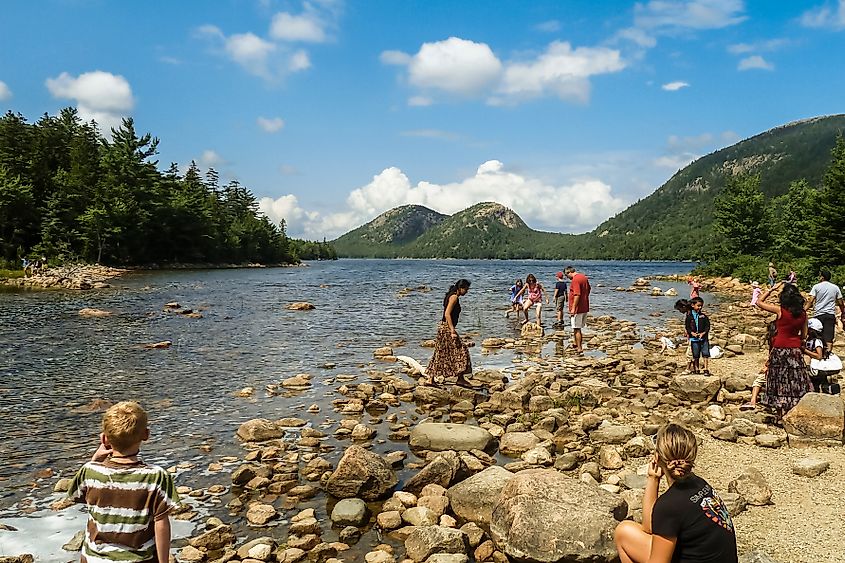
Situated along US Route 4 near the New Hampshire border, Quechee State Park is best known for its commanding viewpoints over the Quechee Gorge, often called “Vermont’s Little Grand Canyon.” The gorge is relatively short, stretching about a mile long, but dropping nearly 165 feet to the Ottauquechee River below.
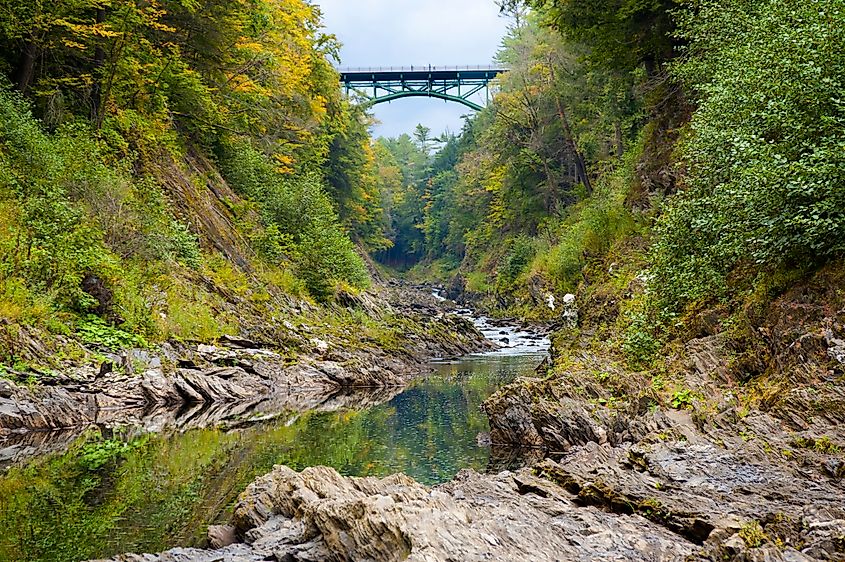
Here, you are free to view the gorge from the Quechee Gorge Bridge or hike one of the short but steep trails to the river’s edge for a closer look at its exposed rock formations. The park also provides access to various fishing holes, picnicking areas, and a well-maintained campground shaded by dense stands of white pines and hemlocks.
Nearby, the village of Quechee also includes the Vermont Institute of Natural Science (VINS) Nature Center, known for its raptor rehabilitation program and the "forest canopy walk," a must-see for curious nature lovers of all kinds.
Groton State Forest
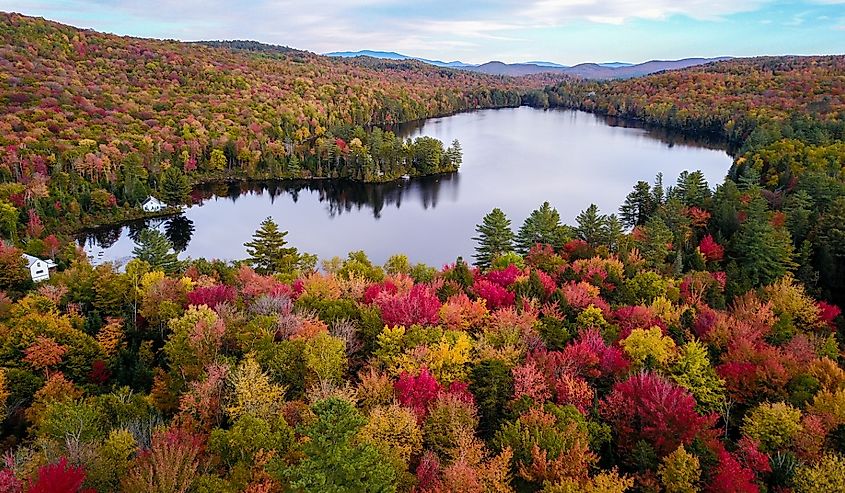
Covering more than 26,160 acres in northeastern Vermont, Groton State Forest is one of the largest contiguous public recreation areas in the state. The forest contains seven individual state parks, including Boulder Beach, Kettle Pond, and Ricker Pond, each featuring lakes, trails, and campgrounds.
The wild terrain found within reflects Vermont’s longstanding geological past, with rolling hills, kettle lakes, and dense hardwood forests all shaped by the ebb and flow of glaciers over the region across many thousands of years. These days, fauna such as moose, loons, and black bears are also commonly sighted thriving in the park's rugged wildernesses, making it a top spot for nature photographers looking to get a shot.
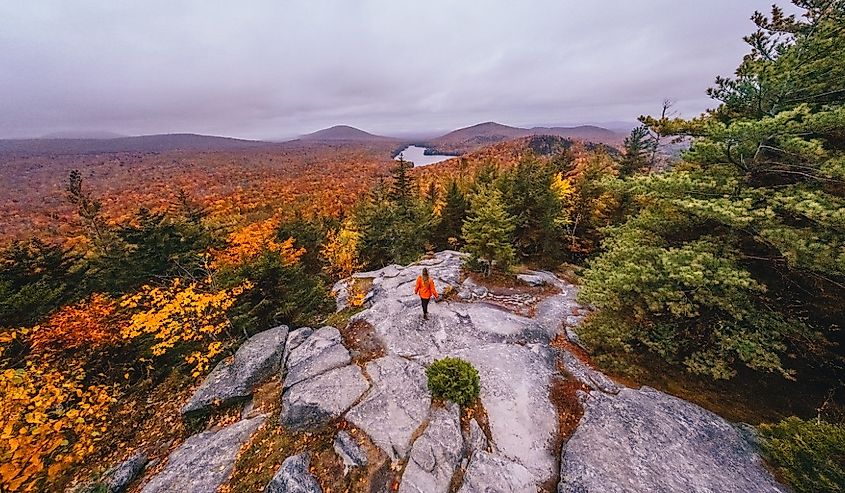
You can best experience Groton and its various subsections via the Cross Vermont Trail, which runs through the area, linking several parks and providing opportunities for hiking, cycling, and cross-country skiing. Owl’s Head Mountain is another must-visit, accessible by a short but steep trail. This high point offers one of the region’s best panoramic views, overlooking Lake Groton and the surrounding ridges beyond.
The combination of uncrowded recreation areas, scenic diversity, and ecological significance makes this state-run forest a central destination for exploring Vermont’s northeastern uplands and one of the state’s best examples of preserved multi-use wilderness.
Camel’s Hump State Park
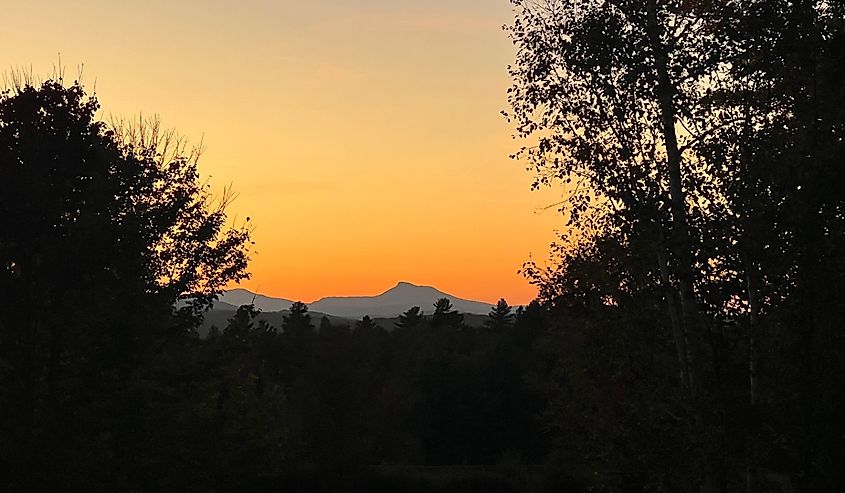
Camel’s Hump State Park, sitting in the north-central reaches of the state, protects the summit and surrounding slopes of none other than the Camel’s Hump, Vermont's third-highest peak at 4,083 feet. This mountain’s double-humped profile is also widely regarded as one of Vermont's most recognizable natural landmarks, visible from miles around. Hikers can reach the peak via several trails, including the Long Trail, which passes directly over the summit. The views from the top extend to Lake Champlain, the Adirondacks, and the White Mountains.
The park encompasses well over 21,000 acres of undeveloped land, much of it designated as a natural area to preserve alpine tundra and fragile summit vegetation, which are not common sights west of the Rockies.
The park has no roads, buildings, or visitor center, making it one of the truly wild parklands in the eastern United States. If you come prepared, it is an absolute wonderland for outdoorsmen seeking peace, solitude, and more than a few amazing sights.
Green Mountain National Forest
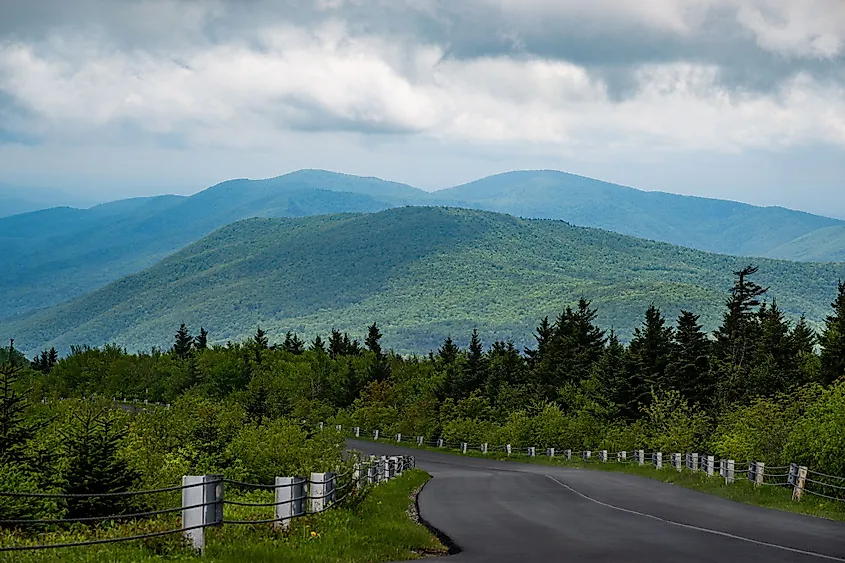
Spanning around 400,000 acres near the New York and Massachusetts borders, the Green Mountain National Forest forms the backbone of the state’s interior natural landscape. It includes portions of the Long Trail and the Appalachian Trail, offering extensive backcountry access for hikers, campers, and even skiers in the winter. In autumn, however, the region’s dense maple and birch forests produce some of the most vivid foliage in New England, attracting perhaps the biggest crowds all year.
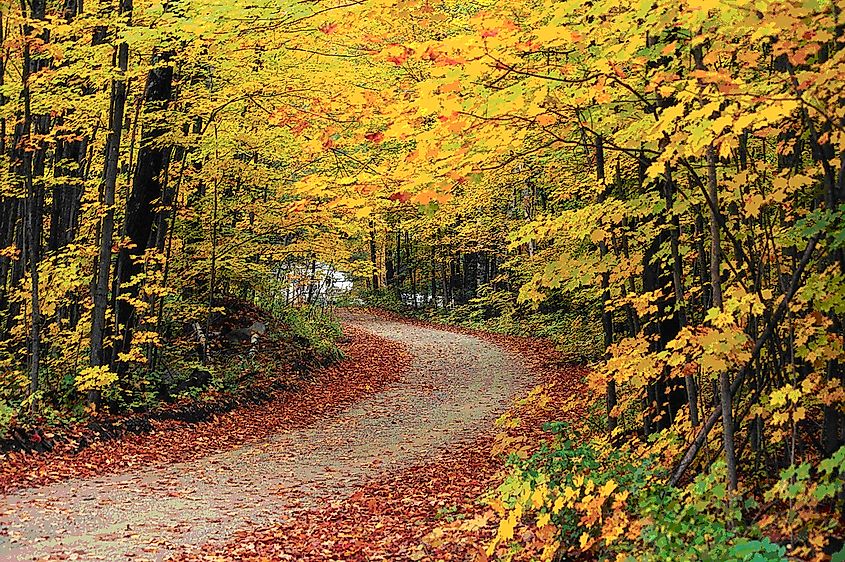
Major recreation areas include the Stratton Mountain Resort, Bromley Mountain Ski Resort, Bread Loaf Wilderness, Lye Brook Wilderness, and Moosalamoo National Recreation Area, each highlighting a different facet of the area's rugged terrain. For history fans, the forest also contains remnants of 19th-century farming communities peppered around, visible through stone walls and cellar foundations, which have been mostly reclaimed by the encroaching woodlands surrounding them.
Emerald Lake State Park
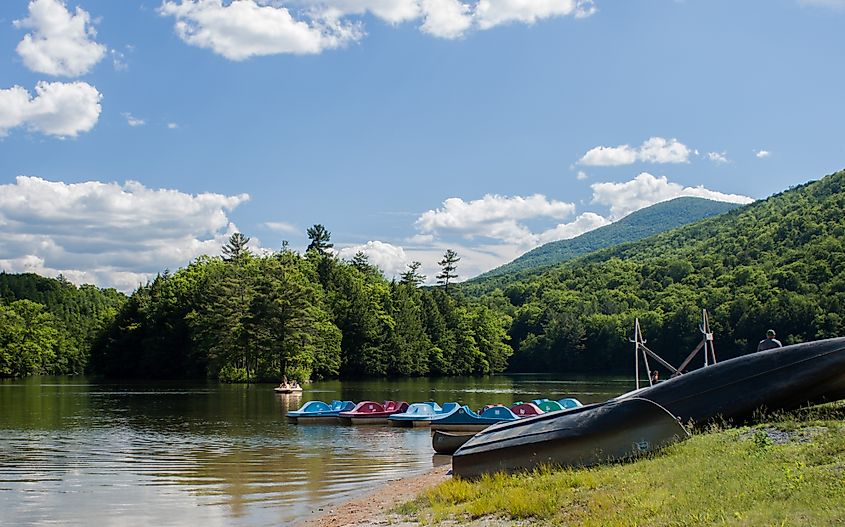
Situated between Manchester and Rutland, Emerald Lake State Park centers around a small body of water known for its unusually clear, green-tinted water, hence the name. The nearly 500-acre park occupies a former marble quarry site near the Taconic Mountains, where pine and birch forests encircle the shoreline (making it particularly scenic in the fall).
Beneath the surface, the lake’s color comes from light reflecting off marble and limestone deposits in the waterbed, while the surrounding terrain features layered rock outcrops and evidence of early quarrying operations for you to see up close.
Swimming, paddleboarding, and canoeing are the main draws, with non-motorized boats only being permitted to maintain the lake’s calm setting. The park also includes a campground and several short trails that connect to the nearby Long Trail and the Dorset Quarry, one of the oldest marble quarries in the United States.
Grand Isle State Park
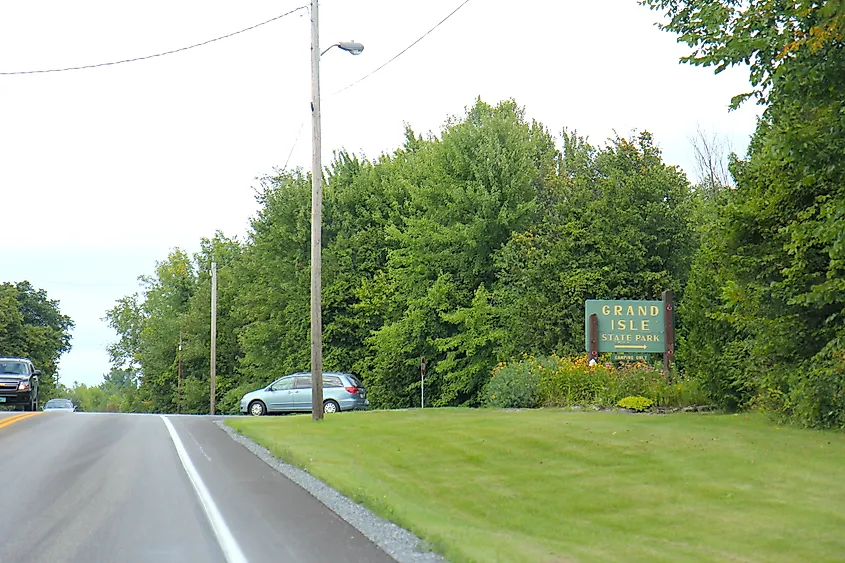
Resting on the shores of Lake Champlain, Grand Isle State Park occupies a narrow peninsula on the island of the same name. It is one of the most visited state parks in Vermont, known for its relaxing waterfront campsites and unobstructed views of the Adirondack Mountains just across the lake. Originally farmland, the property was converted to a state park in the 1950s and has since become a model for lakeshore recreation management.
Its 226 acres feature a mix of open meadows, hardwood forests, and rocky shoreline, providing numerous spots for swimming, boating, and fishing. Moreover, an easy-to-navigate trail system winds through the park, highlighting Lake Champlain’s shoreline ecology, and is popular with birdwatchers looking to catch a sight of local herons and ospreys. The area also serves as a gateway to the Champlain Islands Scenic Byway, which links nearby communities such as South Hero and North Hero.
Delve into the Wilds of Vermont Today
These parks perfectly capture Vermont’s geographic and ecological range in full, from its mountain summits to its canyons and quiet inland lakes. Each destination also reflects a different chapter of the region’s natural and human histories, from early farming to modern conservation. Visiting these protected landscapes offers you more than recreation; it provides a direct understanding of why the Green Mountain State remains one of the most carefully preserved and studied environments in the northeastern United States.
